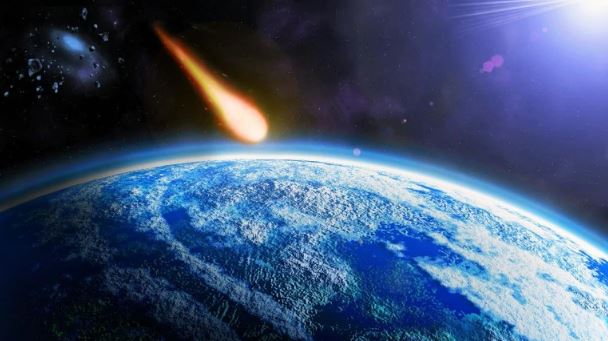Attention Earthlings, travelling really-really fast, this asteroid is coming our way
A report said that if this asteroid collides with the Earth, it will kick-off a nuclear winter followed by mass extinction events.
Ahazardous asteroid coming towards the Earth is travelling at a very fast speed. Like really-really fast.
The asteroid coming towards the Earth is travelling at a speed of 54,717 kmph roughly, according to a report published in IGN.
The fast-approaching space rock could come really close to the Earth on Saturday.
Don’t cancel you weekend plans yet because the asteroid is expected to pass over our planet from a distance of around 3.6 million miles – that’s like around 58 lakh kilometre roughly.
According to the data collected by Nasa, the approaching asteroid is larger than the tallest man-made structure in the world, an International Business Times (IBT) report said on Friday.
Quoting the IBT report, IGN said that National Aeronautics and Space Administration’s (Nasa) Center for Near-Earth Object Studies (CNEOS) identified that the “potentially hazardous” asteroid could come close to intersecting with the Earth’s path on February 15, 2020.
The asteroid will be classified as Potentially Hazardous Asteroid or PHA.
The IGN report said that if this asteroid collides with the Earth, it will kick-off a nuclear winter followed by mass extinction events.
But again, don’t chuck your Saturday plans, the touted close approach is anyway 58 lakh kilomtre away from Earth; roughly.
POTENTIALLY HAZARDOUS OBJECTS
A relatively small number of near-Earth objects pass close enough to Earth and are large enough in size to warrant close observation, Nasa explained.
Now that’s because the gravitational tug of the planets could, over a period of time, cause an object’s orbital path to evolve into an Earth-crossing orbit.ADVERTISEMENT
This allows for the possibility of a future collision.
Potentially hazardous asteroids are about 150 metre or larger, roughly twice as big as the Statue of Liberty.
They approach Earth’s orbit to within 7.5 million kilometre.
By comparison, when the Mars and Earth are at their closest, they are about 53 million kilometre apart. Potentially hazardous comets also get unusually close to the Earth.
Knowing the size, shape, mass, composition and structure of these objects helps determine the best way to divert one, should it have an Earth-threatening path.




